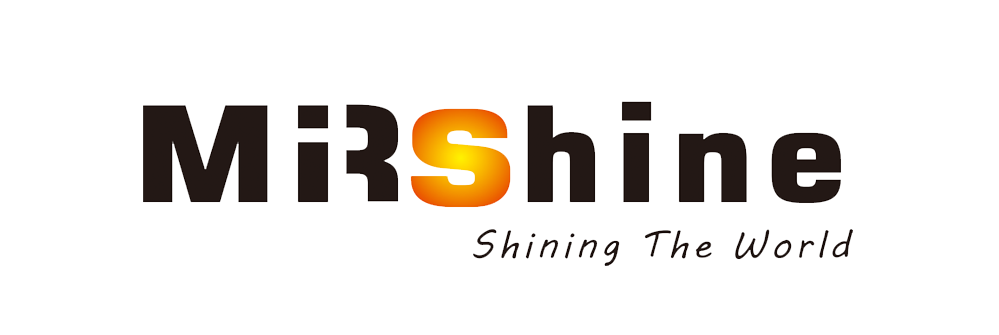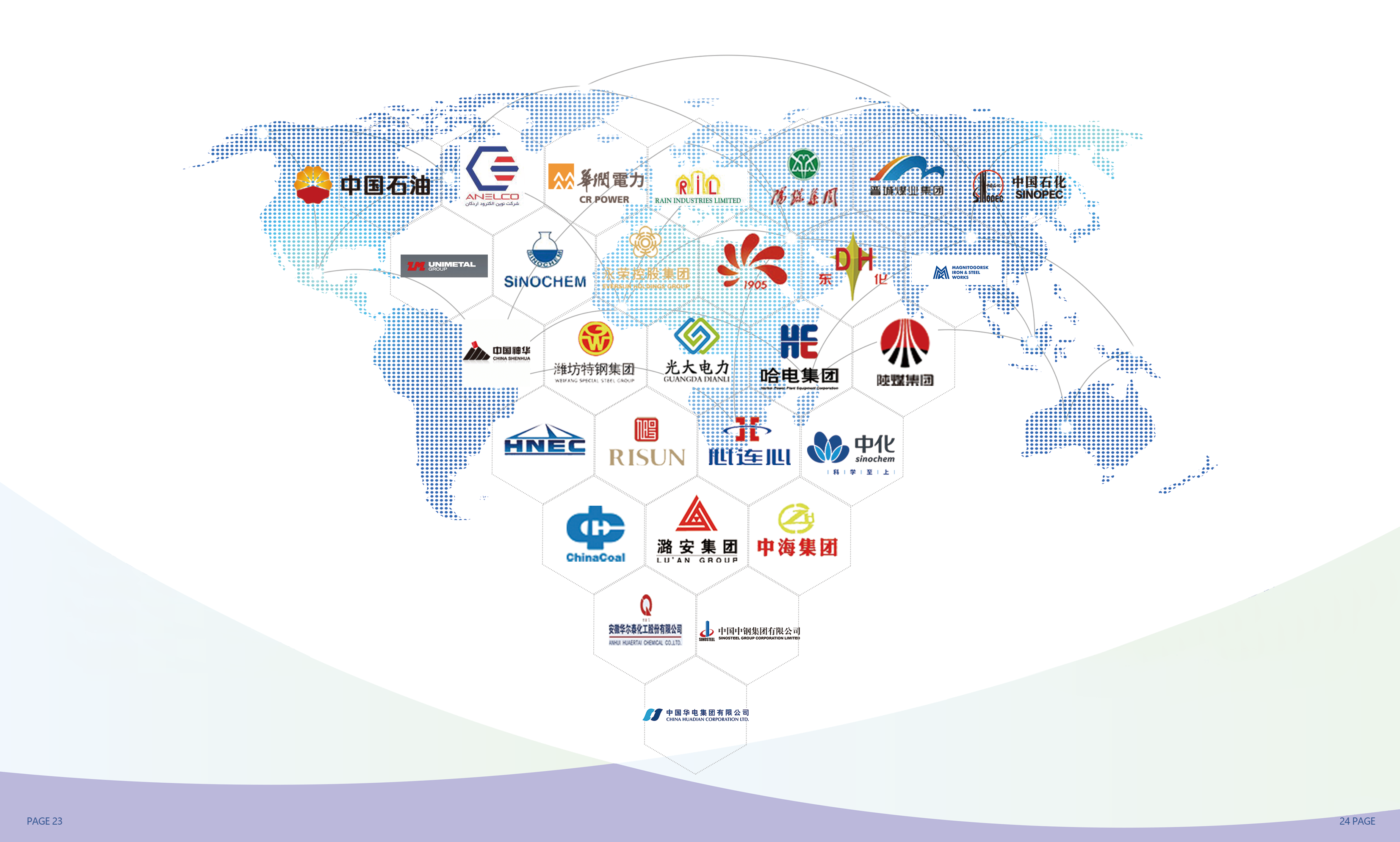dry flue gas desulfurization
Dry flue gas desulfurization is a state-of-the-art technology that uses this process to decrease sulfur dioxide emissions from fossil fuel-generated power plants. Its main function is for the desulfurization process in the flue gas before it is emitted into the atmosphere. This way, increases and invades the environment of air pollution and its damage to peoples' health can be made smaller.Technical characteristics include the use of the spray dryer absorber, which atomizes a lime or limestone slurry into fine droplets and then reacts it with SO2. The result is gypsum, a byproduct that can be recycled.This system is highly efficient and can remove up to 98% of sulfur dioxide.A wide range of coal-fired power plants that worry about how to handle their sulfur emissions and other types of industry will find application for dry flue gas desulfurization techniques.


